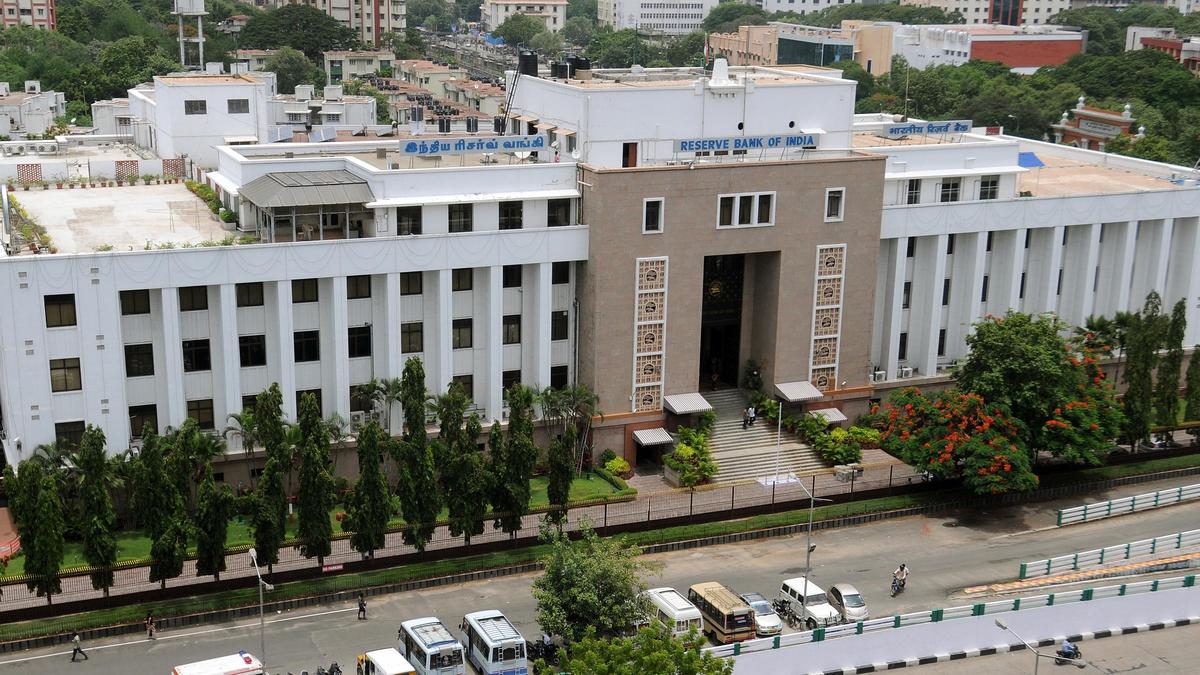An aerial view of the Reserve Bank of India building in Chennai
| Photo Credit: File Photo
As one drives down Rajaji Salai, it is hard to miss the towering, light brown rectangular structure that stands out in the facade of an otherwise long, white building. The Reserve Bank of India’s regional headquarters in Chennai has the key to many questions young students have – ranging from how the banking system in the country works, to how currency notes can be verified for authenticity.
For the upcoming Financial Literacy Week to be observed by the Reserve Bank of India, students will not just be given a chance to delve deeper into all of this, but will also get to visit the stately RBI building in Chennai. Every year, through the literacy week, the RBI zeroes in on a specific theme, and works on financial education and promotes awareness across the country through a focussed campaign for the same.
This year, from February 26 to March 1, the Financial Literacy Week will focus on children and young adults and will cover three important topics — the power of compounding, basics of baking, and cyber hygiene.

At the financial literacy gallery inside the RBI Chennai building, finishing touches are being given ahead of the Financial Literacy Week for a revamp. Keeping with the theme, students from schools in the city will be invited to visit the gallery, and learn about a gamut of topics — rural credit, digital payments, features of currency notes, financial inclusion, consumer protection, and more.
Apart from posters detailing these topics which students can read, there will also be installations at the gallery detailing various banking functions, and responsibilities of the Reserve Bank of India with the aim of making financial literacy fun and engaging. A currency verification processing system machine will also be placed at the gallery, for children to get an idea of how this process is carried out.
A host of other activities focussed on financial inclusion and literacy, will also be carried out by banks in Chennai, and across the country through the week. With the focus trailed on young adults and children, its all about making banking, and the functions of the country’s most important financial institution engaging and accessible.





